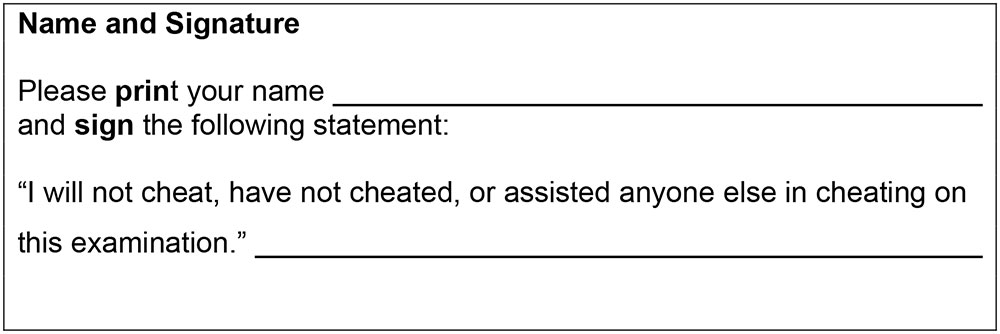
The Benefits of Instituting an Honor Code
04 September 2018Honor codes help build a classroom culture now and throughout the year.
By Dr. Fred Mayo, CHE, CHT
Last month, we finished a range of Mayo Clinics that focused on presentations – how to design effective presentations, use slides creatively, make them interactive, and evaluate them. This fall, we will shift to analyzing and suggesting ways to build your classroom culture since it plays a significant role in making education successful and helping students become the professionals they want and need to be.
Purpose of Honor Codes
The major reason for honor codes is to discourage cheating, plagiarism, not providing the proper credit for borrowed ideas, inappropriately helping other students, and purchasing papers and other assignments. Honor codes explain the practices that are not tolerated and encourages students to police themselves and their peers. Often honor codes address student behavior both outside and inside the classroom in an attempt to promote ethical behavior and urges responsible social behavior.
Typically, honor codes include an explanation of policy, an encouragement to follow the honor code, and details about procedures for situations where code rules are broken. While honor codes vary with the size, culture, and history of the institution, they play a significant role in helping educate college students about the differences between high school and college level work and between educational practices at the local, regional or national levels.
Results of Honor Codes
While cheating is widespread across the country – there are some indications that three quarters of US undergraduates cheat in one form or another – current research found less cheating in colleges with honor codes. Perhaps the difference is due to the publicity an honor code brings to the discouragement of cheating. It also may be due to a college climate where such behavior is not tolerated by anyone – student or faculty member. Another explanation may be the use of peer review panels or the public encouragement of academic integrity across the institution that contributes to this difference. You may have other explanations for the lack of or breadth of cheating or plagiarism in your institution. However, there are some things you can do in your classroom such as explaining, teaching and reinforcing academic integrity.
Explaining and Teaching About Plagiarism
Most students understand what constitutes cheating and know the differences between cheating and honesty. How and when to give credit for others’ ideas and how to avoid plagiarism can be more complex to understand. One of my strategies involves talking about and explaining plagiarism.
I define plagiarism in class, provide guidelines for documenting quotes and ideas (it is now a 10-page handout placed online for students), correct it whenever I find it, and teach students how to cite their work. While it takes more time to correct quotations and point out plagiarism and demonstrate how to use quotes to supplement a student’s thoughts, I consider it my job to help them learn what and how to document. Since I teach Applied Research Methods, there are plenty of occasions to help them.
Reinforcing the Honor Code
Another way to reinforce academic integrity and keep the honor code alive is to require students to sign statements on their documents. At New York University, students in our programs sign an honor code during Orientation. In addition, some faculty members mention it during the first class, and it is incorporated in syllabi for both undergraduate and graduate students. I also use it at the top of every examination by placing the following statement at the top of the first page and require students to sign it before I will accept their examination for grading.

It makes it clear that cheating or helping others to cheat is not acceptable. While it is only a reminder, it points out the importance of doing their own work. I have not found any cheating since I began using this format on tests and examinations. Simply requiring them to read and sign the statement may bring to the fore the importance of not cheating.
Summary
Some of these ideas may suggest new practices for your teaching or they may trigger your own creative thinking. If any strike you as useful, try them. Discouraging cheating in any form is something we all need to do.
Next month, we will continue our discussion of classroom culture and discuss how to establish a culture that encourages learning and making mistakes. If you have suggestions for other topics or teaching practices you want to share, send them to me at This email address is being protected from spambots. You need JavaScript enabled to view it., and I will include them in future Mayo Clinics.
Dr. Fred Mayo, CHE, CHT, is retired as a clinical professor of hotel and tourism management at New York University. As principal of Mayo Consulting Services, he continues to teach around the globe and is a regular presenter at CAFÉ events nationwide.
